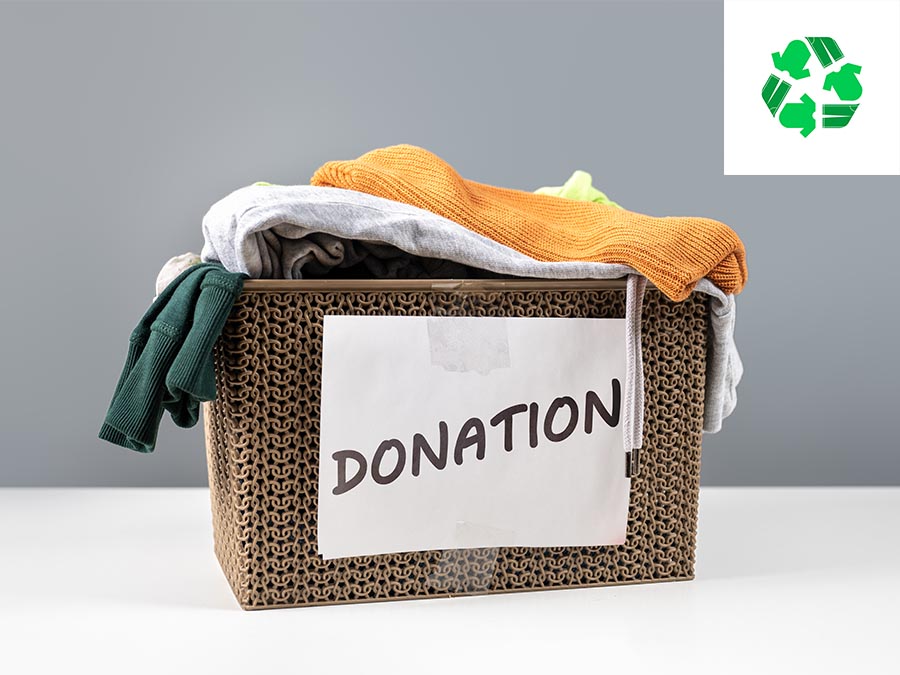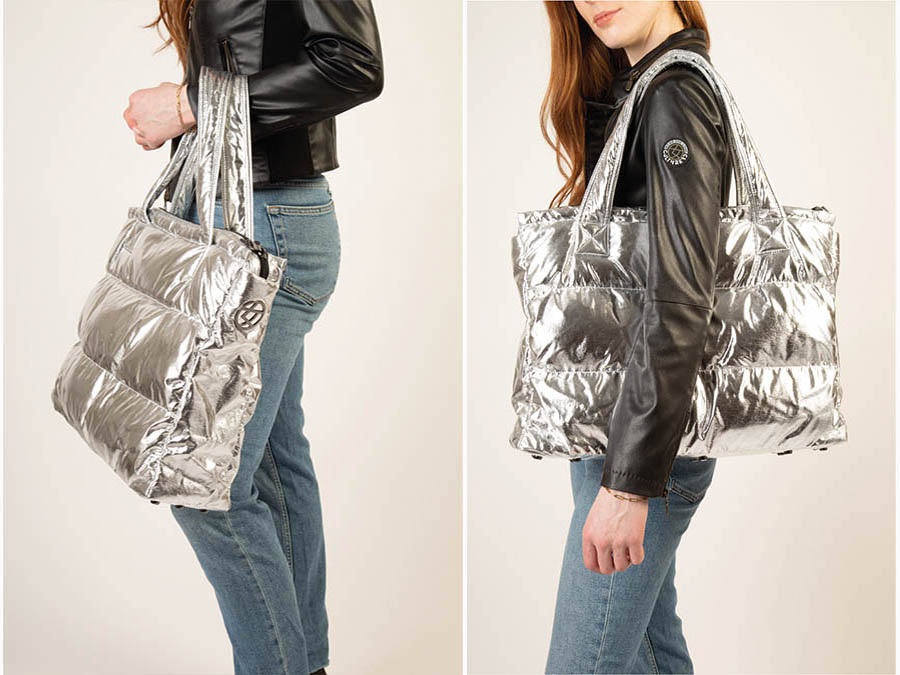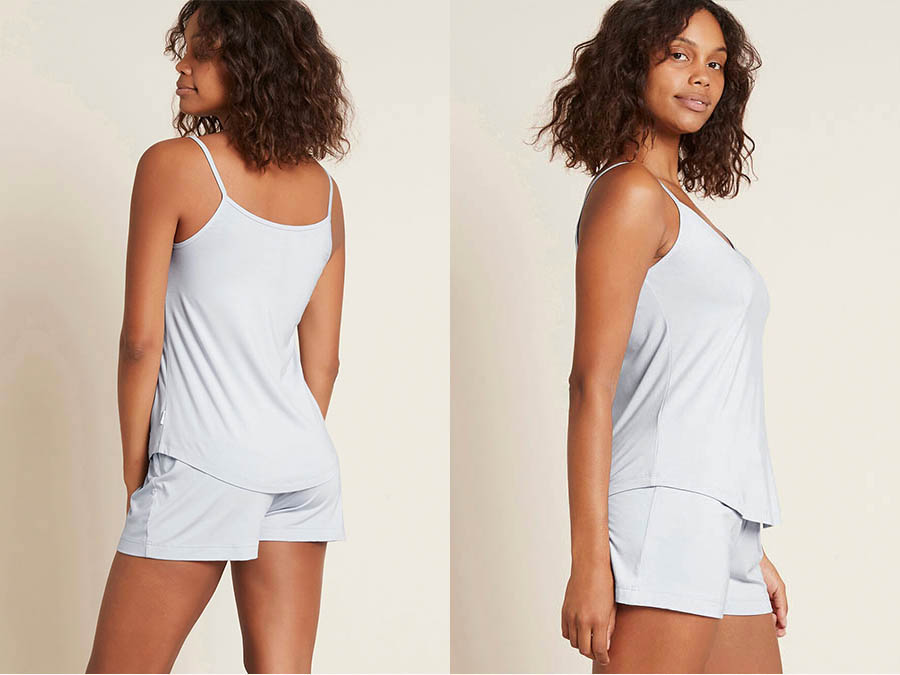How to Dispose of Old Clothes Sustainably
Disposing of old clothes sustainably is essential to reduce the environmental impact of the fashion industry.
Here at Sustainablefashion.ie, we will show you easy ways to help you upcycle old clothes in a real sustainable manner.
Why it is Important to Dispose of Old Clothes Sustainably
Disposing of old clothes, also known as textile waste, is an important issue to address for several reasons.
1. Environmental Impact
Landfill Space: When old clothes are thrown away, they contribute to the increasing volume of waste in landfills, taking up valuable space and accelerating the need for more landfills. b. Non-
Biodegradable Materials: Many textiles are made from synthetic fibers like polyester, which do not biodegrade easily, leading to long-lasting environmental harm.
Pollution: The textile industry is a significant contributor to water pollution, from dyeing and finishing processes. Disposing of old clothes can exacerbate this problem if they end up in landfills or are incinerated.
2. Resource Consumption.
Energy and Water: Producing textiles, from growing cotton to manufacturing synthetic fabrics, requires significant energy and water resources. Disposing of old clothes prematurely means the resources used in their production are wasted.
3. Wasted Potential
Reuse and Recycling: Old clothes can be donated, upcycled, or recycled, extending their lifespan and reducing the need for new clothing production. Many organizations and businesses are dedicated to repurposing old textiles into new products.
Economic Impact: Textile recycling and reusing old clothes can create jobs and support local economies.
4. Ethical Considerations
Fast Fashion: The fast fashion industry encourages consumers to buy and dispose of clothing quickly, often exploiting cheap labour and contributing to a cycle of overconsumption
Workers’ Rights: Many textile workers in developing countries face poor working conditions and low wages. Reducing demand for new clothing can help alleviate some of these issues.
5. Sustainable Fashion
Sustainable Practices: Disposing of old clothes encourages individuals and the fashion industry to adopt more sustainable practices, such as buying higher-quality, longer-lasting clothing and supporting eco-friendly brands.
Reducing Waste: By disposing of old clothes responsibly, we reduce waste and promote more eco-friendly consumption habits.
6. Social Impact
Donating to Those in Need: Many people in various communities can benefit from donated clothing, which can be especially important in times of disaster or hardship.
In summary, disposing of old clothes should be done thoughtfully and responsibly to minimize negative environmental, social, and economic impacts.
Options such as donation, recycling, and upcycling can help reduce the overall environmental footprint of the fashion industry and contribute to a more sustainable and ethical approach to clothing consumption.
How to Dispose of Old Clothes Sustainably
Now you know the importance of disposing of your old clothes, here are several eco-friendly options for getting rid of your old clothing
1. Donate
Giving your old clothes to charity or thrift stores is a great way to ensure they find a new home. Many organizations, such as your local NCBI Shops , Salvation Army, and local charities who accept clothing donations. Make sure the clothes are in good condition, clean, and free from stains or tears.
2. Clothing Drives
Look for clothing drives or collection points in your community, often organized by local charities or churches. These events help ensure your clothing goes to those in need.
3. Swap or Trade
Organize a clothing swap with friends or family. This is a fun way to update your wardrobe without buying new clothes. There are also online platforms and apps that facilitate clothing swaps or trades.
4. Sell Online
If your clothes are in good condition and relatively fashionable, you can sell them on platforms like eBay, Poshmark, Depop, or ThredUp. This not only extends the life of the clothing but also puts some money back in your pocket.
5. Upcycle or Repurpose
Get creative and upcycle old clothing into new items. You can turn old jeans into shorts, t-shirts into tote bags, or use the fabric for craft projects. There are plenty of online tutorials to guide you through these processes.
6. Textile Recycling Programs
Some areas have textile recycling programs that accept old clothes and textiles. These materials can be recycled into new products or turned into industrial rags. Check with your local recycling centre or waste management facility for information.
7. Clothing Collection Bins
You may find clothing collection bins in your area. However, be cautious and verify the legitimacy of the organization running the bins to ensure your donations go to a good cause.
8. Local Shelters
Homeless shelters, women’s shelters, and other charitable organizations often accept clothing donations to help those in need.
9. Repair and Mend
If your clothes are still in good condition but have minor issues like a missing button or a small tear, consider repairing and mending them to extend their lifespan.
10. Natural Fibre Composting
If your clothing is made of natural fibers like cotton or linen and is beyond repair, it can be composted. Make sure to cut it into small pieces and mix it with other compostable materials.
11. Recycling Centres
Some recycling centres accept textiles for recycling. Check with your local recycling center to see if they have this option.
12. Eco-friendly Brands
Some sustainable fashion brands offer take-back programs where you can return your old clothes for recycling or repurposing. Look for these brands in your area.
Remember to wash and clean your old clothes before donating or recycling them. This ensures they are in good condition and ready for reuse or recycling.
Additionally, be mindful of the materials and their disposal options, as synthetic fibers like polyester may not be as easily recyclable as natural fibers.
The key is to avoid sending clothing to the landfill whenever possible and make an effort to extend the life of your clothing items.






